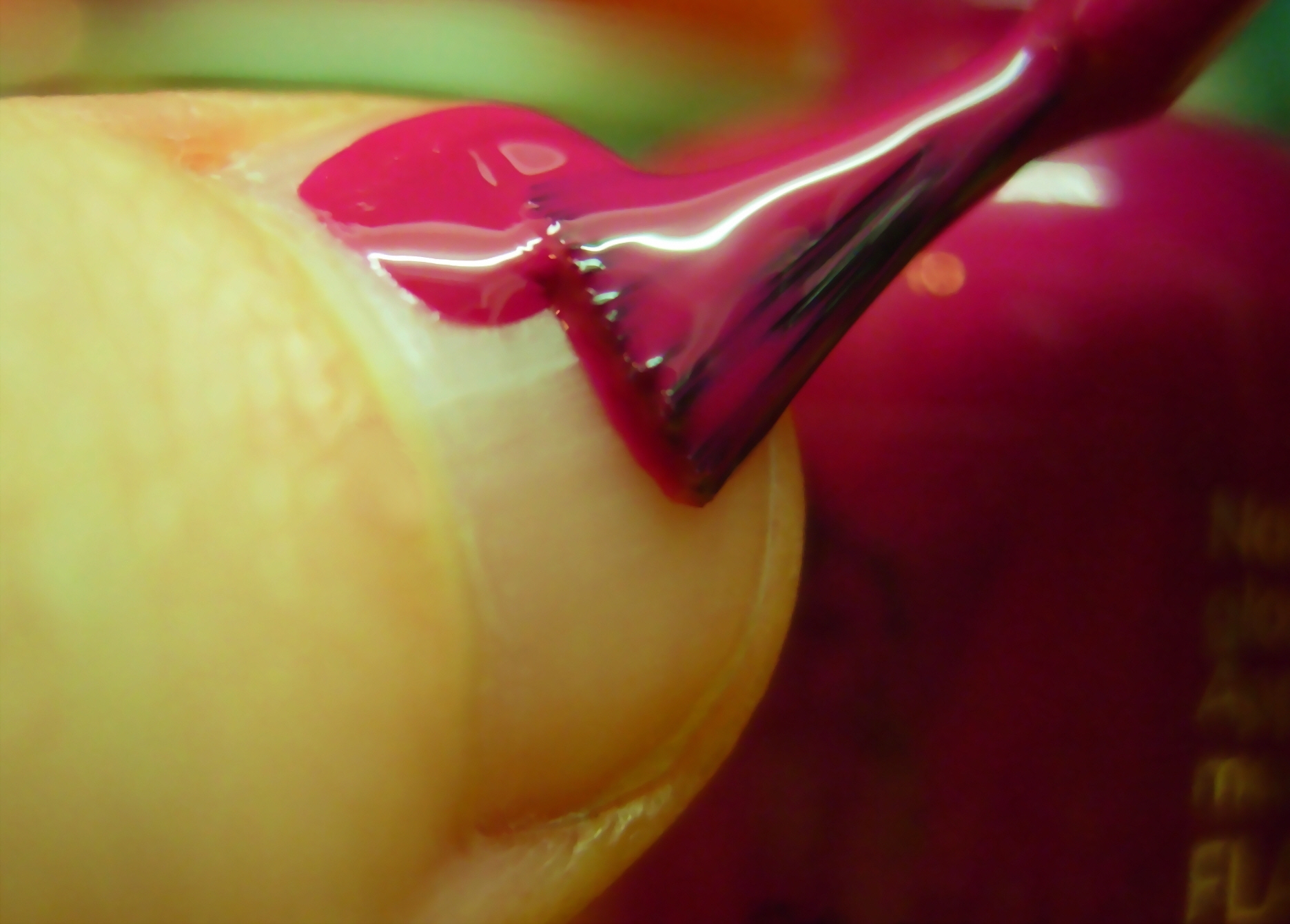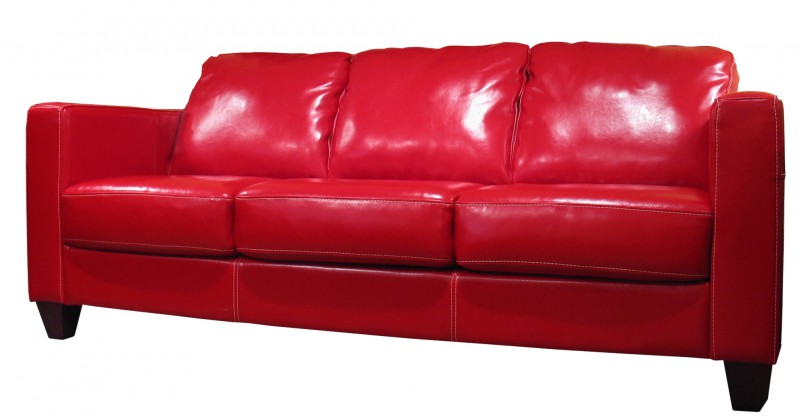When refinishing furniture, the old coat of paint has to be removed before applying a new one. The easiest way to do this is by using paint removers. There are many different kinds of paint removers available in the market today, so it is very difficult to determine which one is the best. In order to determine what the best paint remover is, it is important to compare and contrast each and every type available.
Different Types of Paint Removers
Liquids are one type of paint remover. They are usually used to remove paint with a simple clear coat or one to two layers of paint. They are also a good choice if you are removing paint from detail areas, irregular surfaces, or stubborn spots.
Brushables are another type of paint remover. This kind of paint remover can cling to vertical and overhead surfaces and can also easily be rinsed away by water. Because water can damage the wood’s grain, using this kind of paint remover requires extra care. There are also sprayables, which are paint removers that come in spray-on bottles. Like brushables, these are also easily rinsed with water. The best paint remover among these really depends on what project you are going to use them on.
Toxic vs. Non-toxic Paint Removers
Paint removers can be either toxic or non-toxic. Toxic paint removers contain chemicals and organic compounds that can be harmful to your health. Non-toxic paint removers are biodegradable, and can remove oil- and water-based polyurethanes or varnishes.
Safety Precautions
As mentioned above, some paint removers have chemicals that can be dangerous to your health. Even the best paint remover isn’t exempt. One precaution that is almost always neglected is the advice in the removers’ manual. Even if you have used paint removers before, it is still important to read through the manual just to be safe. It’s also important to wear proper clothing, goggles, and gloves to protect yourself from getting contaminated by the chemicals. Always work outdoors if you can, but if you can’t just make sure that the area you will be working in is properly ventilated. Most paint removers are flammable, so never use them near any source of heat. Including cigarettes!
Repairing Furniture To Be Stripped
Before removing paint from furniture you should make sure that the furniture is in perfect condition. Even the best paint remover won’t work if the piece you are stripping is damaged. This can’t be emphasized enough. For the best furnature stripper to work effectively, your piece must be in good shape to take in the treatments. When determining how to repair your furniture, you first have to know what type of finish was used on it. Surfaces finished with shellac or lacquer don’t need sanding or recoating to repair scratches or cracking. All you have to do is apply alcohol or lacquer thinner to the cracks, wait for it to harden, and then buff it with paste wax. If the surface was finished with varnish, old English oil can make scratches disappear temporarily. In order to repair them for long-term use, sand the surface until the scratch isn’t seen anymore and then apply paste wax.
Even the best paint remover can’t conceal white blotches or rings on your furniture’s surface. These blotches can sometimes be removed by a simple cleaning though. Some people have had success using a soft cloth with some toothpaste on it. Just rub the cloth over the blotches and wipe it off when you’re finished. If this doesn’t work, try holding a cloth with thinner on it over the area with the blotches, but make sure that you don’t touch the furniture’s’ surface. The fumes from the cloth will help the moisture escape. Finally, if all else fails, sand the blotched area and rub a dampened cloth over the blotched area. When they disappear, let the area dry for at least an hour and then apply some paste wax. Please see our other posts for a more information about repairing furniture.
How to Repair Furniture Scratches
What is the Strongest Wood Glue?
How to Repair Outdoor Furniture Like Wicker
Using A Paint Remover
Removing old paint with paint removers is a fairly simple job. The first thing you need to do is to transfer a small amount of the paint remover from the original container into a smaller one. You should do this because you don’t want to spoil the best paint remover in the original container by dipping and re-dipping a used brush in it. Apply a thick coat of paint remover over a small area in one direction. Make sure that you do not apply over areas that already have a coat. Let it to dry for at least 30 minutes or for as long the manufacturer recommends. Using a putty knife, scrape the paint in a circular motion. The thinner is ready if you get to the surface underneath the paint. Wait for 10 more minutes if it isn’t ready. If it it’s ready, remove all the paint in the area that you are working on. Any residue left should be wiped away with a rag and paint remover. Wash away the remaining paint remover from the surface. The best paint remover can be washed away by water while others need mineral spirits or ethanol.
There are many things to consider when choosing and using the best paint remover. It is important to know all of these so that the project you’re working on will show the best results.


